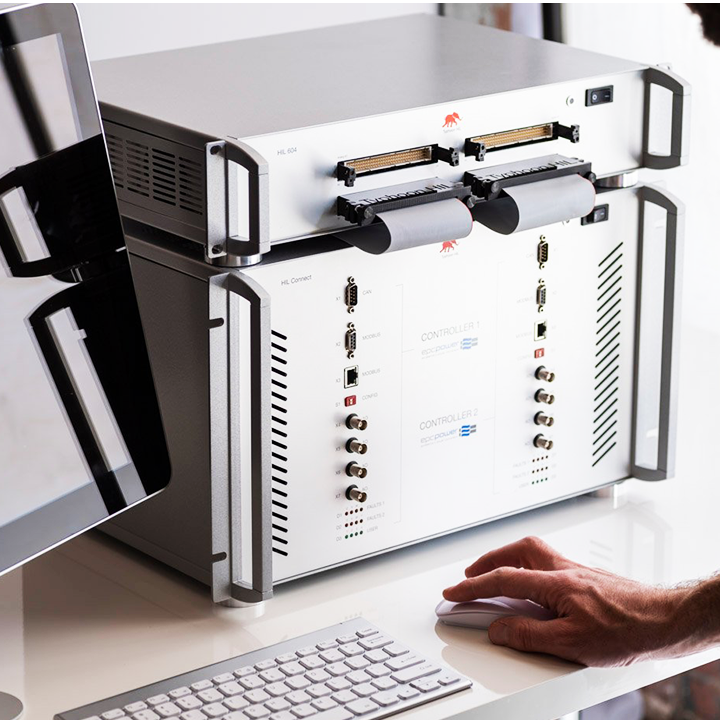Additional Features & Extensions

Our software comes equipped with a wide array of specific additional features, extensions and integrations designed to provide an exceptional user experience and enhanced functionality.
Within our software installation, you will you receive a collection of Schematic Editor components to get you started. Besides these, you can acquire additional software features, through the EMR Library, Toolbox Packages and HIL Marketplace.
Enriched your experience, browse our libraries or contact us to request a free trial to help you decide.
Integrations

Typhoon HIL offers tailored integrations with our software for added functionality, user experience and increased efficiency.
- Typhoon HIL Schematic Editor allows engineers to quickly create XYCE-compatible circuits, start the simulation and visualize results with a modern user interface. Explore our integration and interoperability features with XYCE.
- Typhoon HIL supports OpenDSS integration leveraging its many features intended to support the analysis of distributed generation interconnected to utility distribution systems. Furthermore, with the use of the specialized OpenDSS integration library, a model can be converted to Hardware-in-the-Loop (HIL) real-time simulation running with the click of a single button.
Virtual HIL

Typhoon HIL’s Virtual Hardware-in-the-Loop (V-HIL) is a software-based emulator tool of HIL real-time devices used to replicate the behavior of a physical HIL hardware device under various constraints within a digital environment. As no physical hardware is required, Virtual HIL can replace your HIL infrastructure during the during the model and test script development which allows you to:
- Use the capabilities of the HIL software toolchain and its core features without a HIL real-time device.
- Develop, simulate, and verify models that are only one click away from real-time execution.
- Speed up the development of models and test scripts, regardless of how many HIL devices you have.
- Run all your existing models, developed for your actual HIL device, in non-real-time without any modification.
Register today to get your free Virtual HIL license!
Features Under Development

We are working on making our features under development available for you as our early testers and adopters. These features will later go on to become a part of our Premium Feature Toolboxes in the upcoming software releases, but before that happens, we would like to open them up for you to try out and hear your impressions and feedback.
Contact us to share:
- What you think about our features under development.
- Which feature you would like to see implemented next.
2024.1 Software Release Highlights | What’s new?
Typhoon HIL Control Center 2024.1 is now available! In this video, we’ll give you a sneak peek at what’s new in this latest software release, packed with new features and improvements that will help you achieve your HIL project goals, so make sure to download it, give it a run, and let us know what you think! Read more in the video description…

